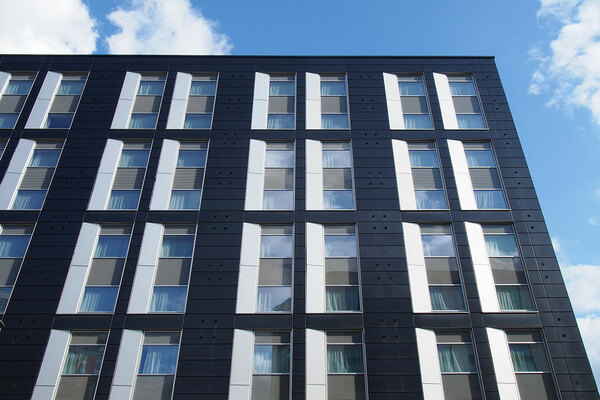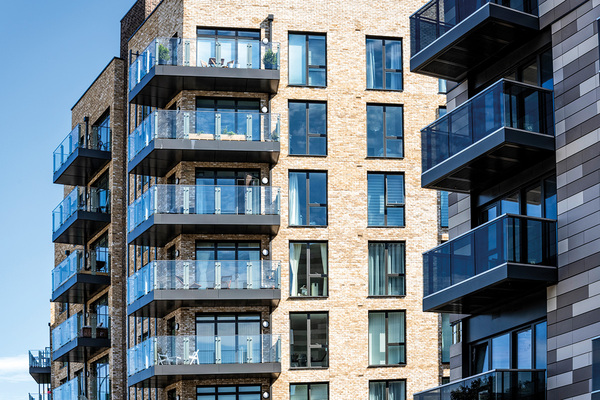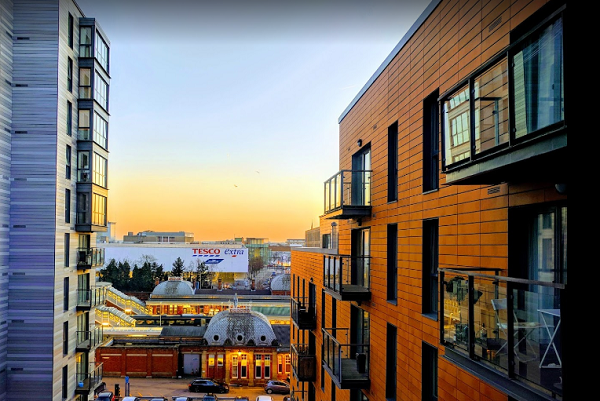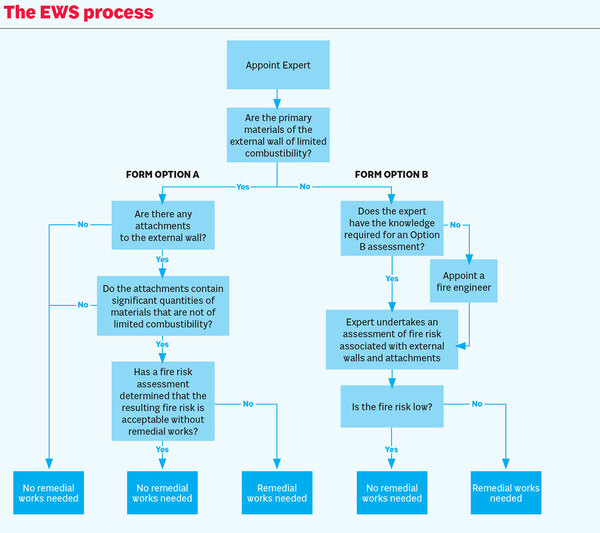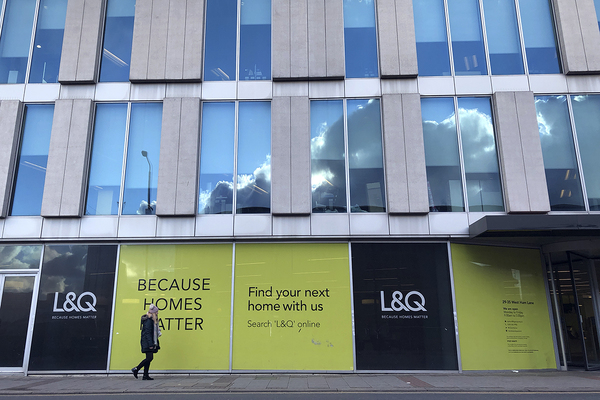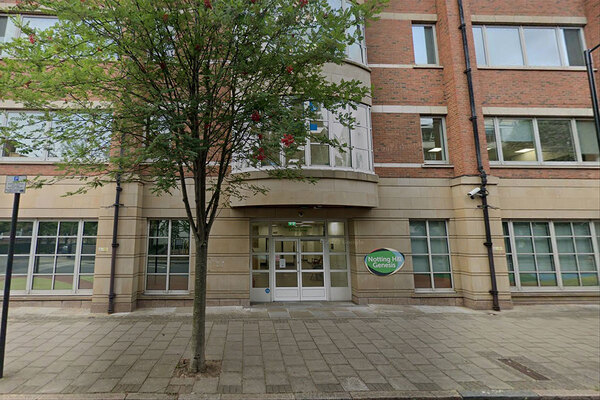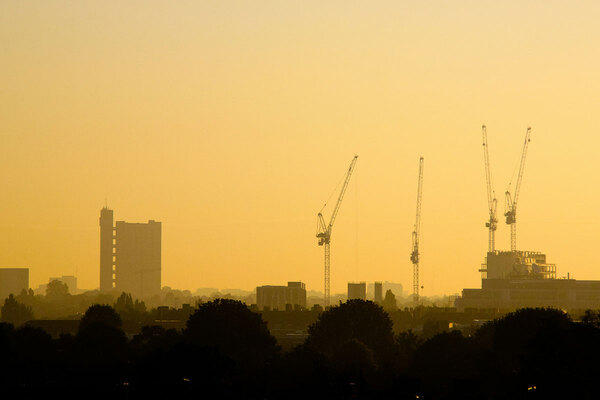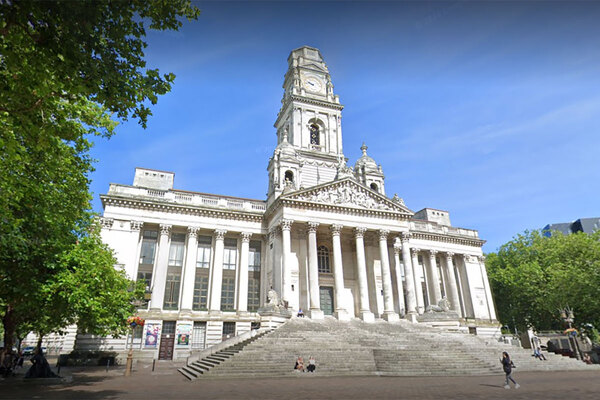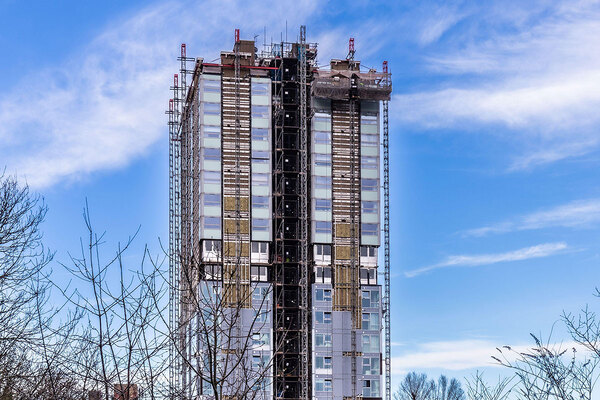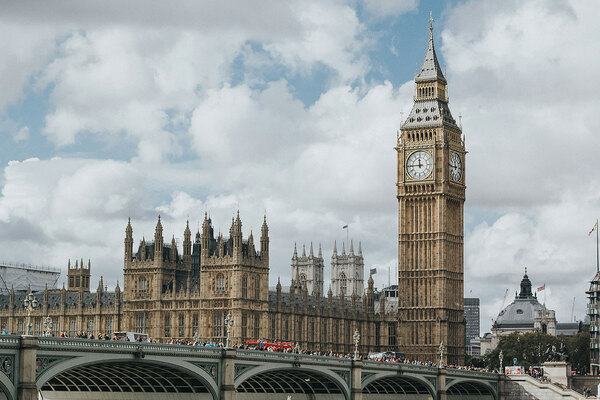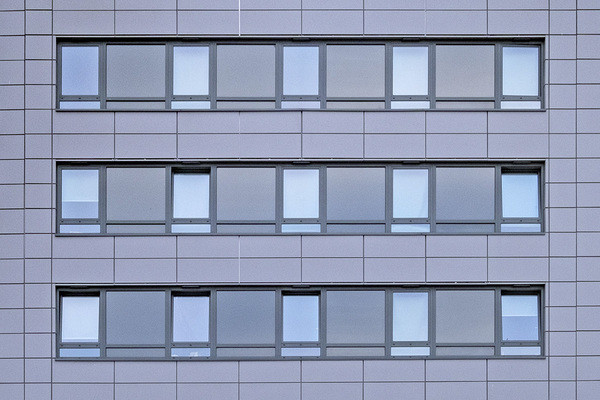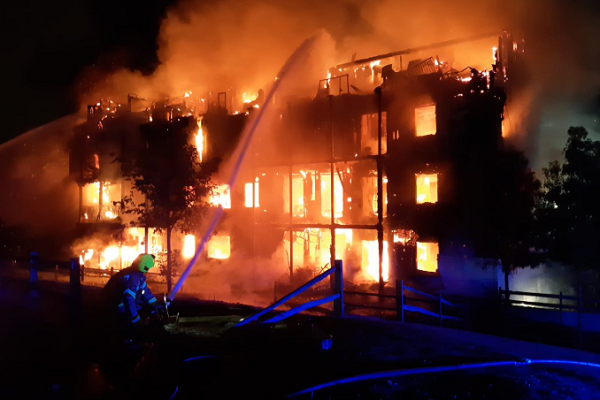You are viewing 1 of your 1 free articles
EWS crisis: nine in 10 EWS-checked blocks require remediation work
Nearly nine in 10 leaseholders who have received an EWS check for the block they live in have been told their building will need to undergo remediation work, Inside Housing can reveal.
A survey carried out by campaign group the Leasehold Knowledge Partnership (LKP), and shared with Inside Housing, has revealed that 89% (103) of the 116 leasehold respondents who have seen cladding checks – also known as an External Wall System (EWS) survey – on their building have been told it requires remediation work before they can sell their home.
Of these, 86% received a B2 rating after inspection, meaning combustible materials were present and remedial works and interim measures were required.
There are five different results you can receive from an EWS check which are split into two different categories.
Category A represents buildings where external wall materials are unlikely to be combustible.
An A1 judgement would mean the inspector decides there are no attachments (ie balconies) to external walls that contain significant amount of materials with combustibility. A2 is when there is an appropriate risk assessment carried out and the inspector feels there is no need for remedial work. A3 states that remedial work may be needed on the attachments to the external wall such as balconies etc.
Category B is for buildings where combustible materials are clearly present. A B1 rating means that after an inspection, the engineer has decided that the fire risk is sufficiently low and no remedial work is required. B2 rules that an adequate standard of fire safety is not achieved and remedial work and interim measures are required. More than 86% of buildings that have received completed EWS forms have been given a B2 rating.
Just 13 (nearly 10%) had received forms that judged the external wall to be safe and not in need of work. A further 124 respondents said that they knew an EWS check had been completed on their building but they had yet to receive the result.
The survey, which was carried out between June and August, will raise concerns for leaseholders up and down the country currently embroiled in the EWS crisis, with remediation work potentially costing millions of pounds per block and tens of thousands of pounds per flat.
Flats in those blocks will also remain unsaleable until the work is completed.
The EWS form was created by the Royal Institution of Chartered Surveyors (RICS) in December as a way to try to unstick the housing market after a number of leaseholders were unable to sell their properties due to cladding concerns.
It requires a qualified inspector to carry out checks on a building and assess whether the materials in the external wall are combustible and need removing.
An EWS form has become a requirement for the majority of banks when providing a mortgage on a flat in a multi-occupancy block, and most will not lend on a property until it has received a clean bill of health from an inspector through a completed form.
Thousands of leaseholders up and down the country are currently unable to secure an EWS check and are trapped in their homes unable to sell or remortgage.
The survey from LKP is the first to look in detail at the outcomes of completed EWS forms. The high number of forms coming back saying a building requires remediation work indicates that many leaseholders could remain stuck in their homes for years while remediation work is carried out, while facing huge bills to pay for it.
The wider survey by LKP received more than 713 responses from flat owners currently embroiled in the EWS crisis.
Of the 713 respondents that had asked for an EWS from their landlord, only 28% so far knew that one had been carried out on their block, while 38% had asked but one had not been carried out. One in five respondents said their landlord had declined to carry out an EWS survey.
For those who had been told by their landlord that an EWS would be carried out, 53.5% could not provide a date for when it might happen. A total of 15% of respondents said their landlord had indicated that there would be a wait of more than two years, while 11% were told they would have to wait between 12 and 24 months.
There are an estimated three million leaseholders currently living in multi-occupancy flats that would likely require an EWS check if they came to sell or remortgage. However, there are only 291 chartered fire engineers nationally able to carry out these checks, meaning long delays for those waiting for the checks. In some cases, housing associations have told their tenants that they could be waiting for up to a decade for a completed EWS check.
The report found that for the 389 leaseholders who lived in buildings where they knew remediation was needed, 43% had been told by their landlord that it could take more than two years, while 30% said it would take more than one year.
Only 22 of the 389 leaseholders who responded to this question had actually seen their building remediated.
As part of its plan to ensure dangerous cladding is removed from high-rise buildings, the government announced a £1bn Building Safety Fund for blocks taller than 18m. The fund opened in May and buildings with dangerous non-aluminium composite material cladding have applied for the fund.
The government has already estimated that this fund will cover less than a third of the work nationwide. The Ministry of Housing, Communities and Local Government has estimated that there is around £3.5bn of remediation work required.
Despite this, the majority of leaseholders still believe the government will pay, with 29.5% of the 403 respondents to the question on who will pay answering with the government; 28% believed a company linked to the developer would pay, while 4% believed the warranty provider would pay. One in five leaseholders believed that they would eventually have to pay for remediation work.
So far housing associations have largely refrained from pushing on the costs to shared owners and leaseholders of blocks, but some are now weighing up whether to recoup some costs if bids for the government’s £1bn fund fails. As part of a shared ownership leasehold agreement, shared owners are expected to pay 100% of the costs of repairs and maintenance regardless of the percentage of the flat they own.
In a question aimed solely at shared owners, 24% had been told that their landlord did plan to push the costs of remediation and EWS onto them. Of the 75 respondents that answered this, 97% said they had not been offered a payment plan, while 3% had offered a payment plan of between one and five or more years.
Commenting on the findings, LKP spokesperson Martin Boyd labelled the results “extremely worrying” and highlighted the cladding and construction issues on blocks up and down the country.
He said: “In so many cases leaseholders are having to wait years for an EWS form or in some cases being flatly refused by their building owners when they request one. This is causing severe stress on thousands unable to move or remortgage.
“The fact that such a high percentage of these EWS forms are coming back saying that blocks need to be remediated, shows that the cladding scandal is far from over.
“Securing an EWS is not the end of the road and leaseholders must be aware that even if they get an EWS, it might put them in a difficult situation where they are facing huge bills and will still be trapped for potentially many years.”
“The government have left the sector in limbo. They have withdrawn reliance on the fact all buildings have been signed off as compliant with building regulation, but have not provided any alternative standard other than the one produced by RICS.”
